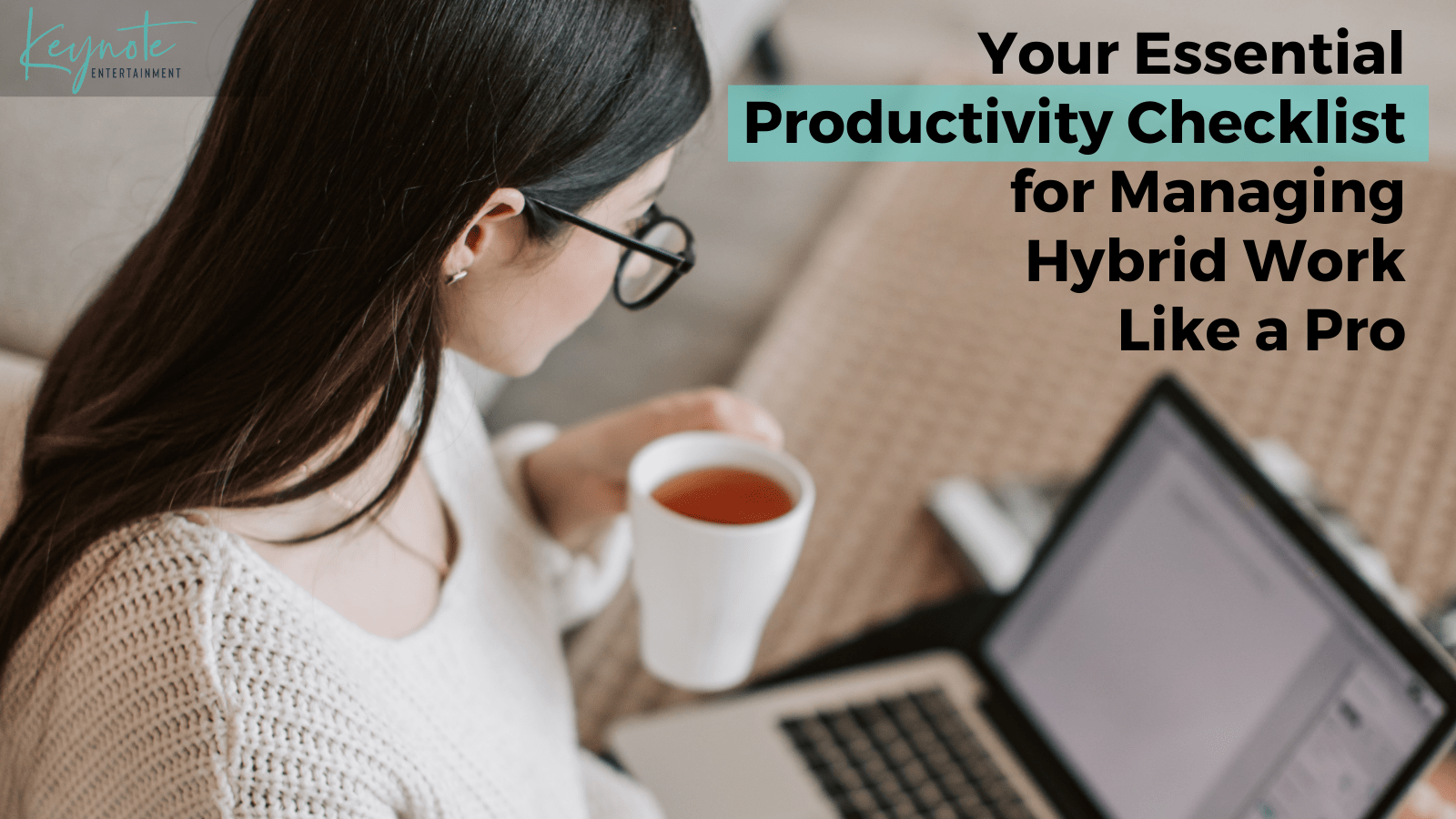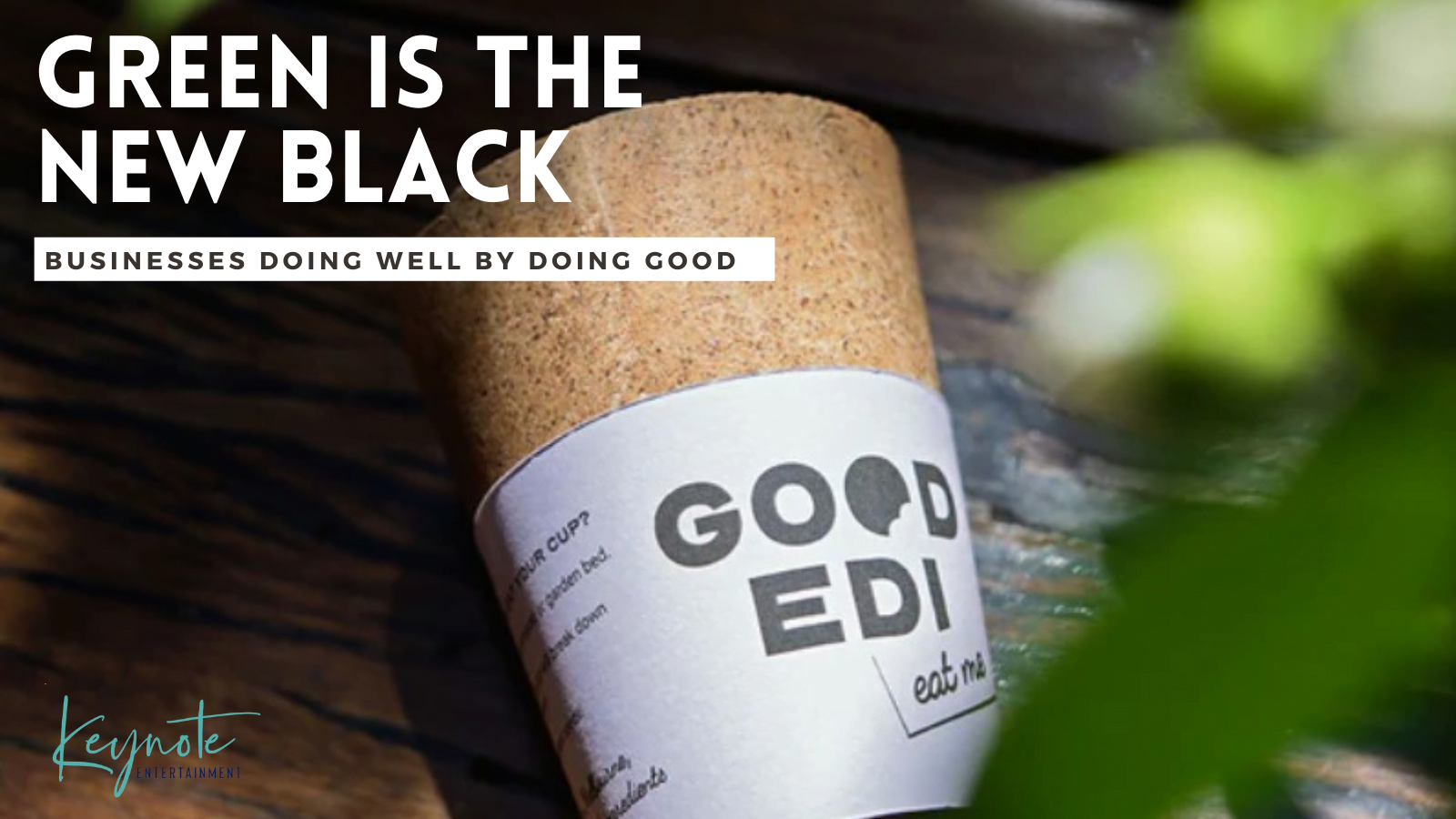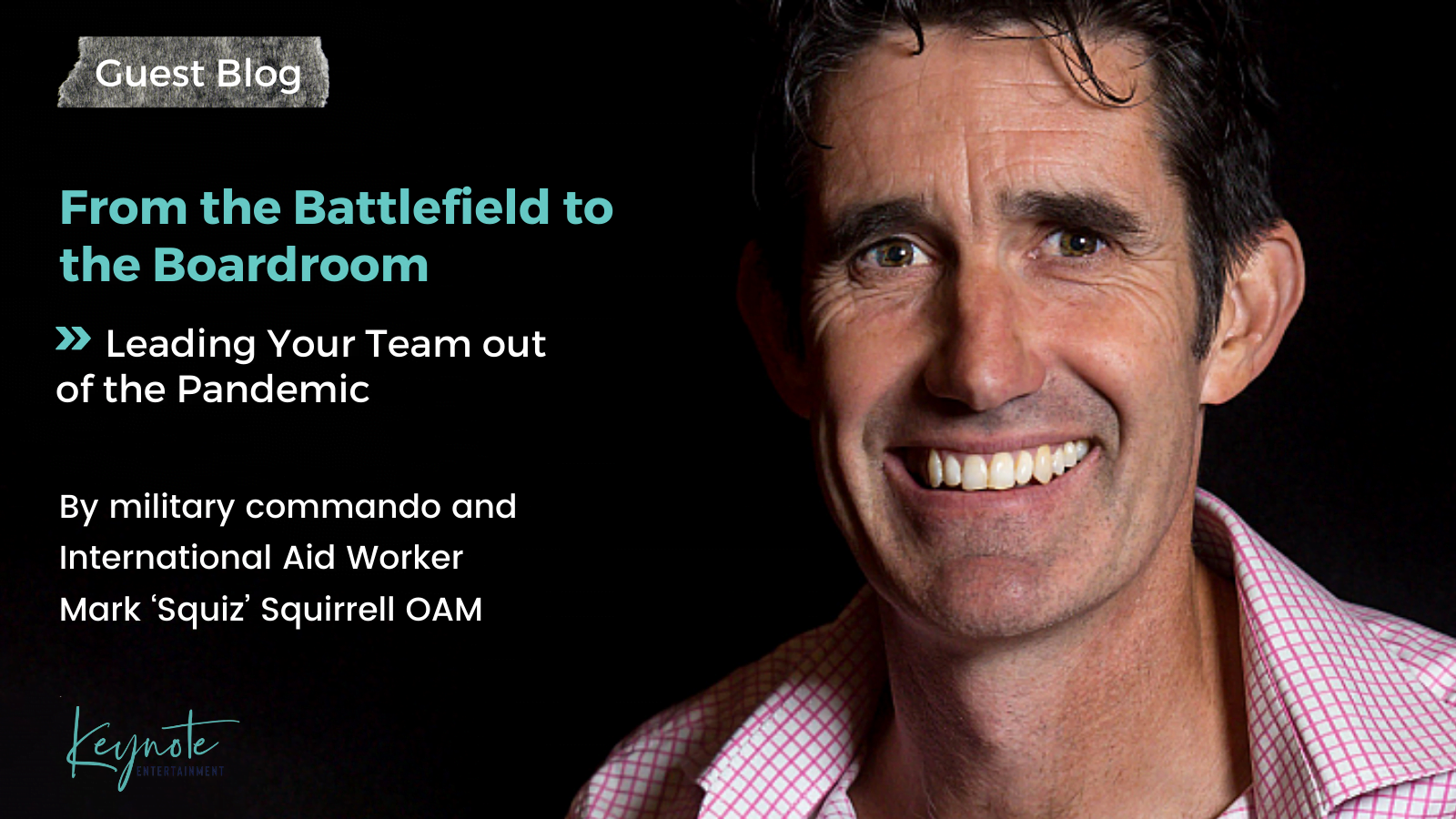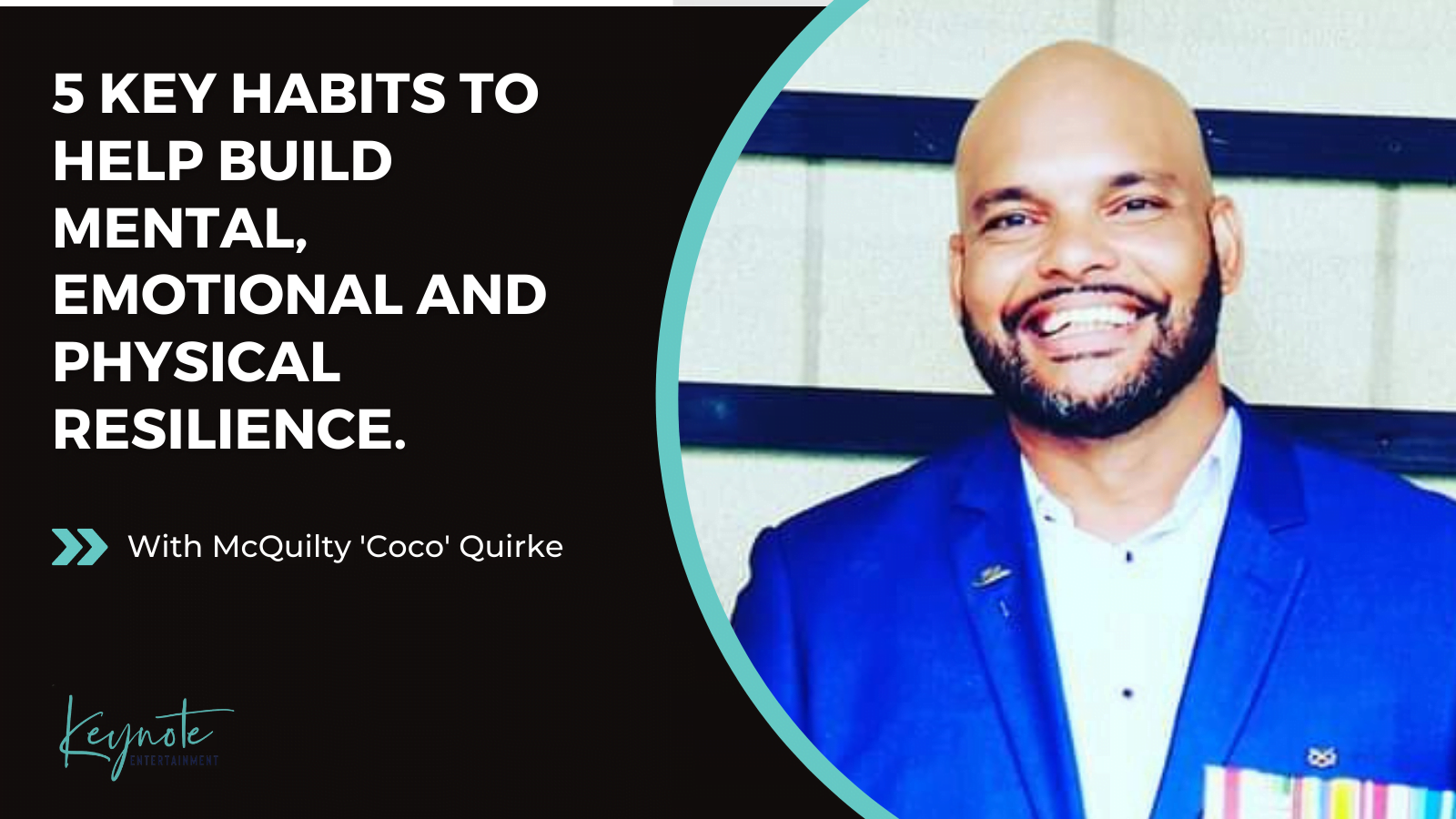Your Essential Productivity Checklist for Managing Hybrid Work Like a Pro
“You don’t get paid for the hour, you get paid for the value you bring to the hour.” – Jim Rohn Though the idea of 9-5, Monday-Friday seems destined to be relegated to the rear-view mirror, there’s no doubt that the post-pandemic office recall has begun. Workers are dusting off their office finery, topping up…




